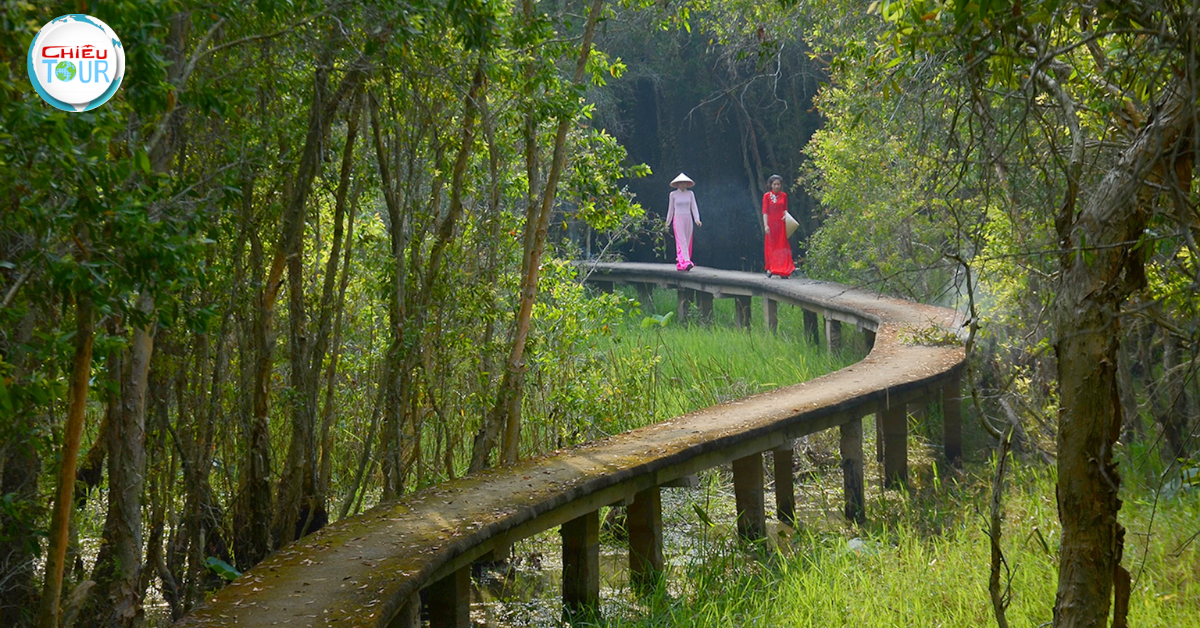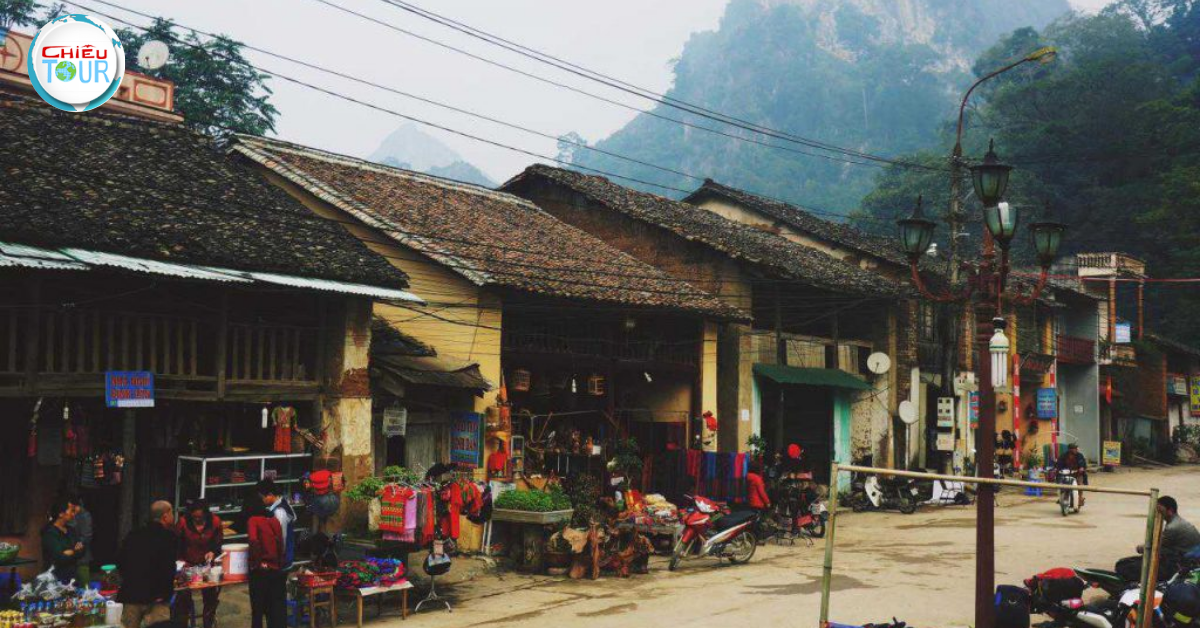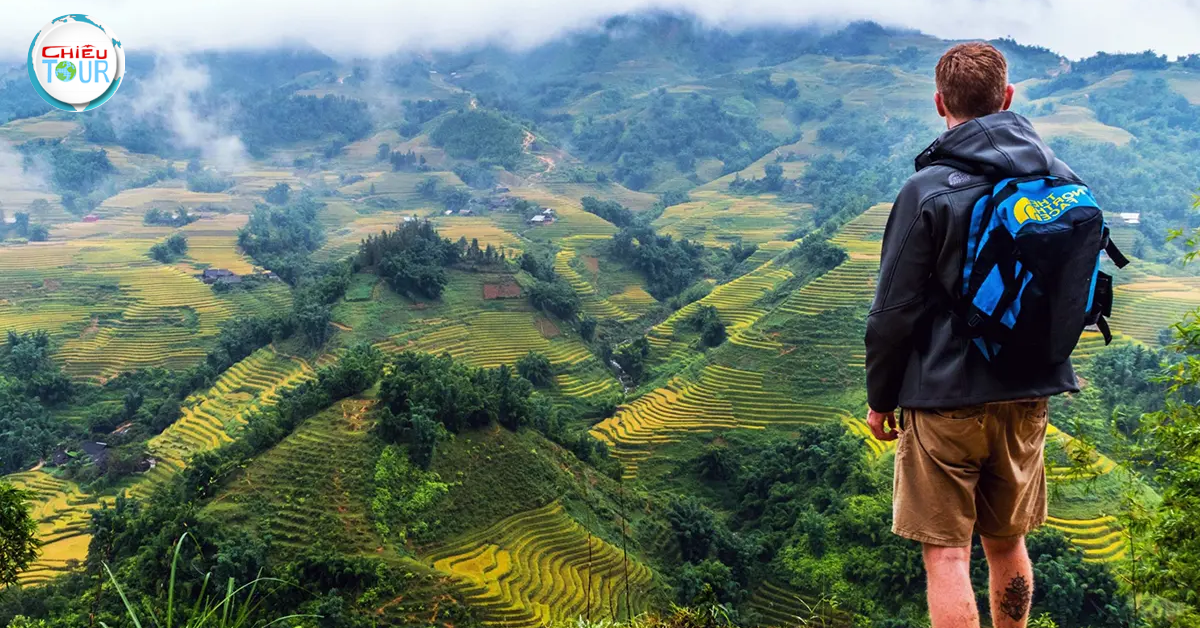Exploring the Legend of Mỹ Sơn Sanctuary
- Author: Admin
- | Hot destination
Exploring the Legend of Mỹ Sơn Sanctuary unveils a captivating narrative that intertwines the rich history and culture of Vietnam with the mystique of ancient architecture. This enchanting site, located in central Vietnam, is a treasure trove of Cham civilization's legacy. With its crumbling red brick temples and vibrant historical tales, Mỹ Sơn has earned its place as a UNESCO World Heritage Site and a symbol of cultural heritage. As we delve into this exploration, we encounter stories of divine connection, architectural ingenuity, and the timeless influence of spirituality.
The Historical Significance of Mỹ Sơn Sanctuary
Mỹ Sơn Sanctuary stands as a testament to the glorious reign of the Champa Kingdom, which flourished between the 4th and 13th centuries. This section delves into the implications of history behind these ancient ruins, shedding light on their significance in both local and global contexts.

Understanding the Champa Civilization
The Champa civilization was a prominent South Asian culture that thrived in what is now central and southern Vietnam for nearly a millennium.
The Champa people were known for their exceptional skills in agriculture, trade, and particularly their unique artistic expression in sculpture and architecture. Their culture was heavily influenced by Indian traditions, evident in their religious practices and architectural designs. Much like the Hindu temples of India, the temples at Mỹ Sơn are adorned with intricate carvings and are dedicated primarily to the worship of Shiva, one of the principal deities of Hinduism.
The lush landscape surrounding Mỹ Sơn provided the ideal setting for this civilization. The fertile soil allowed for prosperous agriculture, while the proximity to the sea facilitated flourishing trade routes. Consequently, Mỹ Sơn became a central hub for both economic activity and spiritual reverence, linking it with broader cultural exchanges across Southeast Asia.
Architectural Marvels of the Sanctuary
As we explore the architecture of Mỹ Sơn, we're drawn into the technical brilliance and aesthetic beauty that characterize the sanctuary.
The structures within Mỹ Sơn showcase an impressive blend of sandstone and red brick, providing a striking contrast against the verdant backdrop. These materials were skillfully crafted using methods that have endured through time. The way bricks were arranged and bound demonstrates the advanced engineering capabilities of the Cham artisans; many of the temples remain standing despite the ravages of time and weather.
Additionally, the design of the temples embodies the fundamental principles of Cham architecture. Each structure features a distinct tower-like design, representing Mount Meru, the sacred mountain in Hindu and Buddhist cosmology. The layout of the sanctuary itself reflects a harmonious relationship with nature, illustrating the Cham people's profound respect for their surroundings and spiritual beliefs.
The Role of Religion at Mỹ Sơn
Religion played an integral role in shaping the identity of the Champa civilization, particularly at sites like Mỹ Sơn.
The primary deity worshipped within the temples was Shiva, revered as the creator and destroyer in the Hindu pantheon. Many of the inscriptions and carvings found throughout the sanctuary depict narratives from Hindu mythology, emphasizing the sanctity of the site. The temples served not only as places of worship but also as cultural centers where rituals and festivals brought communities together.
Moreover, the practice of ancestor worship within the Cham culture further enhanced the spiritual essence of Mỹ Sơn. This aspect reflects a deep-rooted belief in the continuity of life and the importance of honoring one's forebears, fostering a sense of belonging and cultural pride among the Cham people.
The Mystical Tales and Legends Surrounding Mỹ Sơn
Beyond its historical and architectural significance, Mỹ Sơn is enveloped in a tapestry of legends and folklore that adds layers of meaning and intrigue to the site.
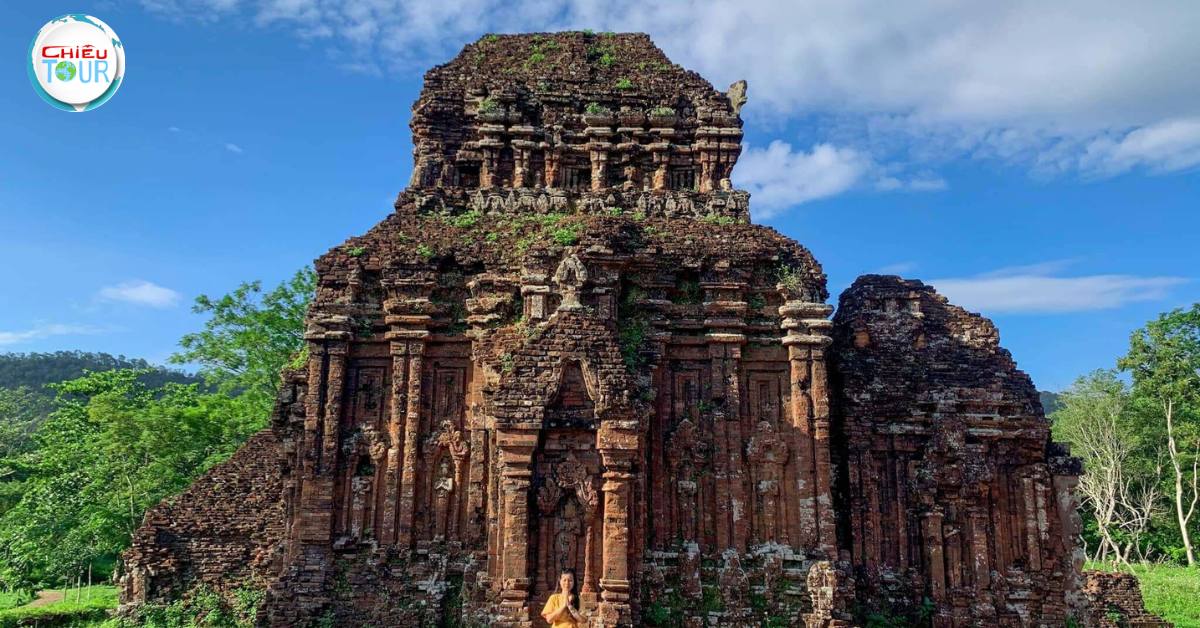
The Legend of the Sacred Lake
One of the most enchanting tales associated with Mỹ Sơn involves a mythical lake said to be hidden beneath the sanctuary.
According to local legend, this sacred lake is believed to house the spirits of fallen warriors who once defended the land against invaders. It’s said that during certain nights of the year, when the moonlight bathes the sanctuary, the spirits rise from the depths of the lake, guarding their beloved homeland.
This tale serves as a reminder of the valor and sacrifice of past generations. It fosters a connection between present-day visitors and the lingering echoes of history, inviting them to reflect upon the themes of courage, loyalty, and the enduring presence of those who came before.
The Story of Princess Po Nagar
Another popular legend tells the story of Princess Po Nagar, a revered figure in Cham mythology.
Po Nagar is often depicted as a goddess of the waters and the protector of the Cham people. According to folklore, she descended from the heavens to bless her people with prosperity and fertility. It is believed that her spirit continues to watch over Mỹ Sơn, ensuring harmony and balance within the community.
The story of Princess Po Nagar highlights the prominent role of women in Cham culture, showcasing their significance as nurturers and protectors. It also reinforces the spiritual dimension of the sanctuary, as visitors often pay homage to the goddess in hopes of receiving her blessings.
The Curse of Mỹ Sơn
Amidst all the legends, there is also a cautionary tale that speaks to the reverence of these sacred grounds.
Locals believe that disturbing the remains or artifacts within the sanctuary may invoke a curse. Such disturbances could lead to misfortune or disaster, a notion that emphasizes the need for respect and protection of historical sites. This legend serves as a reminder to future generations about the importance of preserving cultural heritage and the consequences of neglect or disrespect.
Conservation Efforts and Challenges Facing Mỹ Sơn
As we explore the legend of Mỹ Sơn Sanctuary, it's crucial to address the ongoing conservation efforts aimed at preserving this invaluable site.
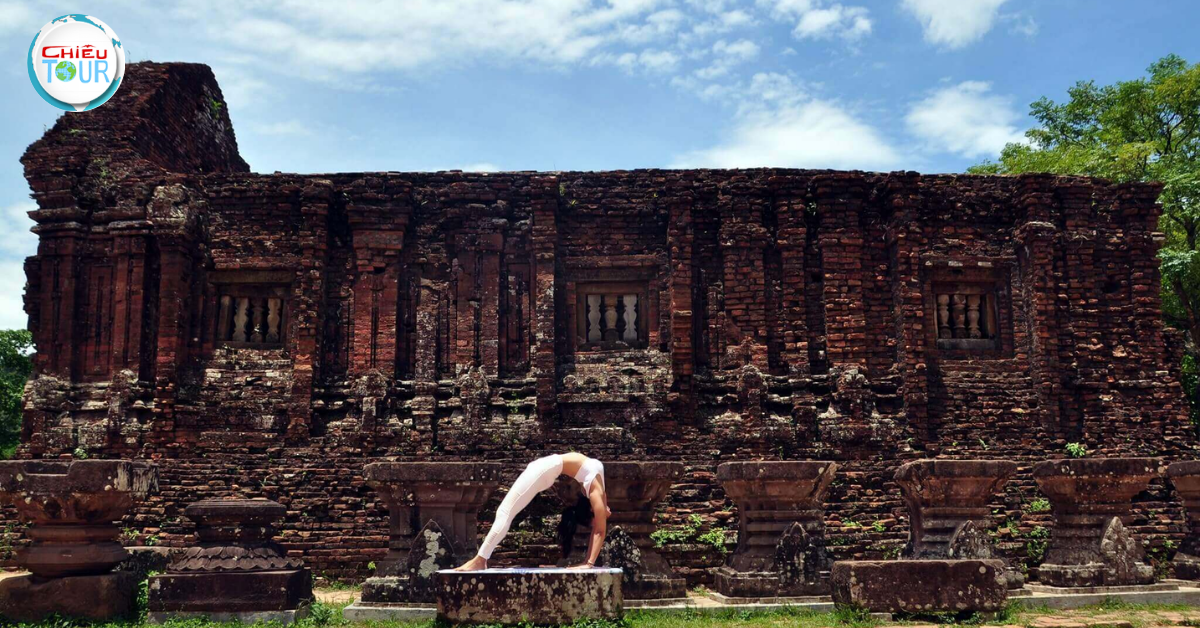
Importance of Preservation
Mỹ Sơn, with its architectural wonders and historical significance, faces numerous challenges due to natural degradation, environmental factors, and human interference.
Preservation of the sanctuary is essential not just for protecting the physical structures but also for maintaining the cultural narratives they embody. The temples of Mỹ Sơn stand as a bridge connecting contemporary society with ancient traditions, making their conservation vital for educational purposes and cultural continuity.
Ongoing Conservation Initiatives
In recent years, various organizations, including UNESCO, have undertaken significant initiatives to restore and preserve the temples at Mỹ Sơn.
These efforts involve meticulous documentation, restoration, and research to ensure the authenticity of the structures remains intact. Local communities are also engaged in these efforts, fostering a sense of ownership and responsibility towards their cultural heritage.
Workshops and training programs educate locals on traditional construction techniques, empowering them to participate actively in the conservation process. By involving the community, these initiatives promote a deeper appreciation and understanding of the cultural significance of Mỹ Sơn.
Environmental and Human Threats
Despite concerted efforts, Mỹ Sơn faces ongoing threats from environmental factors such as climate change, erosion, and pollution, which pose substantial risks to the integrity of the site.
Additionally, human activities, including urbanization and tourism, can negatively impact the sanctuary. The challenge lies in balancing the accessibility of the site for visitors while ensuring its protection from wear and tear. Sustainable tourism policies must be implemented to safeguard the sanctity of Mỹ Sơn while allowing it to continue serving as a source of inspiration and education for future generations.
FAQs
What is Mỹ Sơn Sanctuary?
Mỹ Sơn Sanctuary is a complex of Hindu temples built by the Champa civilization, located in central Vietnam. It's recognized as a UNESCO World Heritage Site and showcases remarkable architectural and artistic achievements.
Why is Mỹ Sơn important to Vietnamese culture?
Mỹ Sơn represents the cultural and historical legacy of the Champa civilization in Vietnam, reflecting the country's rich heritage and diverse influences. It serves as a symbol of national pride and cultural identity.
How can I visit Mỹ Sơn Sanctuary?
Visitors can access Mỹ Sơn Sanctuary via road from nearby cities such as Hoi An or Da Nang. Guided tours are available and highly recommended to gain insights into the site's historical significance and legends.
What are some of the key architectural features of the temples at Mỹ Sơn?
The temples at Mỹ Sơn showcase intricate carvings, towering structures resembling Mount Meru, and the use of red brick and sandstone materials. The design reflects both aesthetic beauty and deep spiritual significance.
Are there any festivals celebrated at Mỹ Sơn?
Yes, festivals celebrating the Cham culture and heritage often take place at Mỹ Sơn, attracting both locals and tourists. These events usually feature traditional music, dance performances, and rituals honoring the deities associated with the sanctuary.
Conclusion
Exploring the Legend of Mỹ Sơn Sanctuary reveals a multifaceted narrative enriched by history, spirituality, and cultural identity. This sacred site not only showcases the architectural brilliance of the Champa civilization but also embodies the enduring legends and traditions of a bygone era. As we reflect on the importance of preservation and the challenges faced by such invaluable sites, we recognize the need for collective efforts in safeguarding our heritage. Mỹ Sơn stands not merely as ruins but as a living testament to the legacy of a people whose stories continue to inspire wonder and reverence.
 Vietnam
Vietnam 
